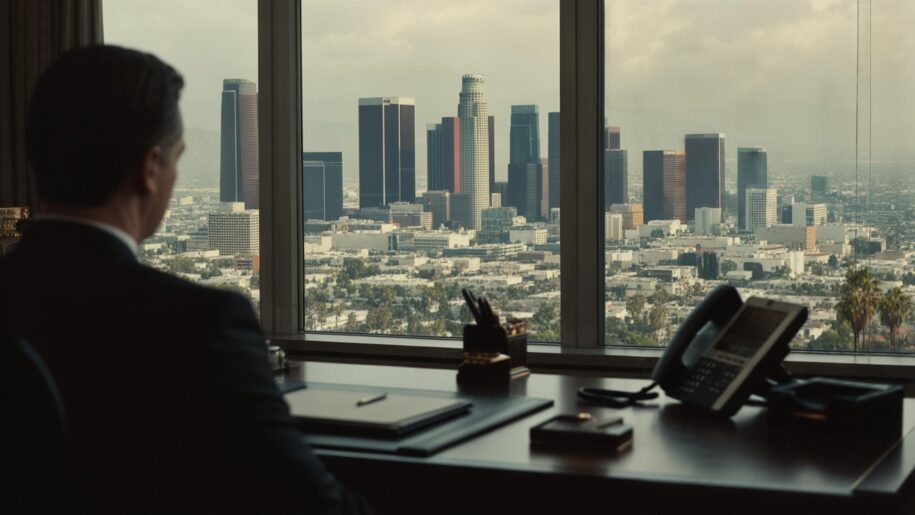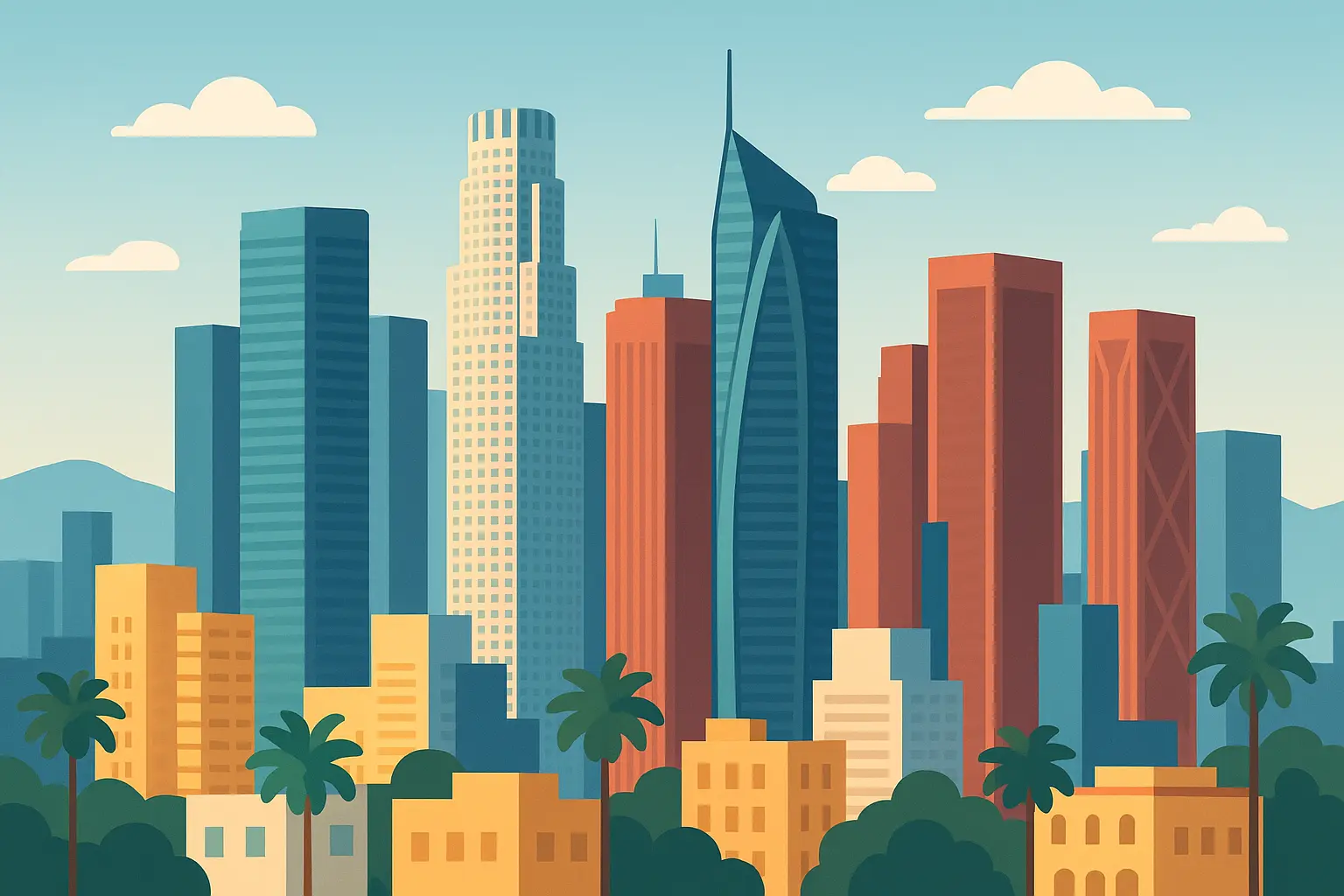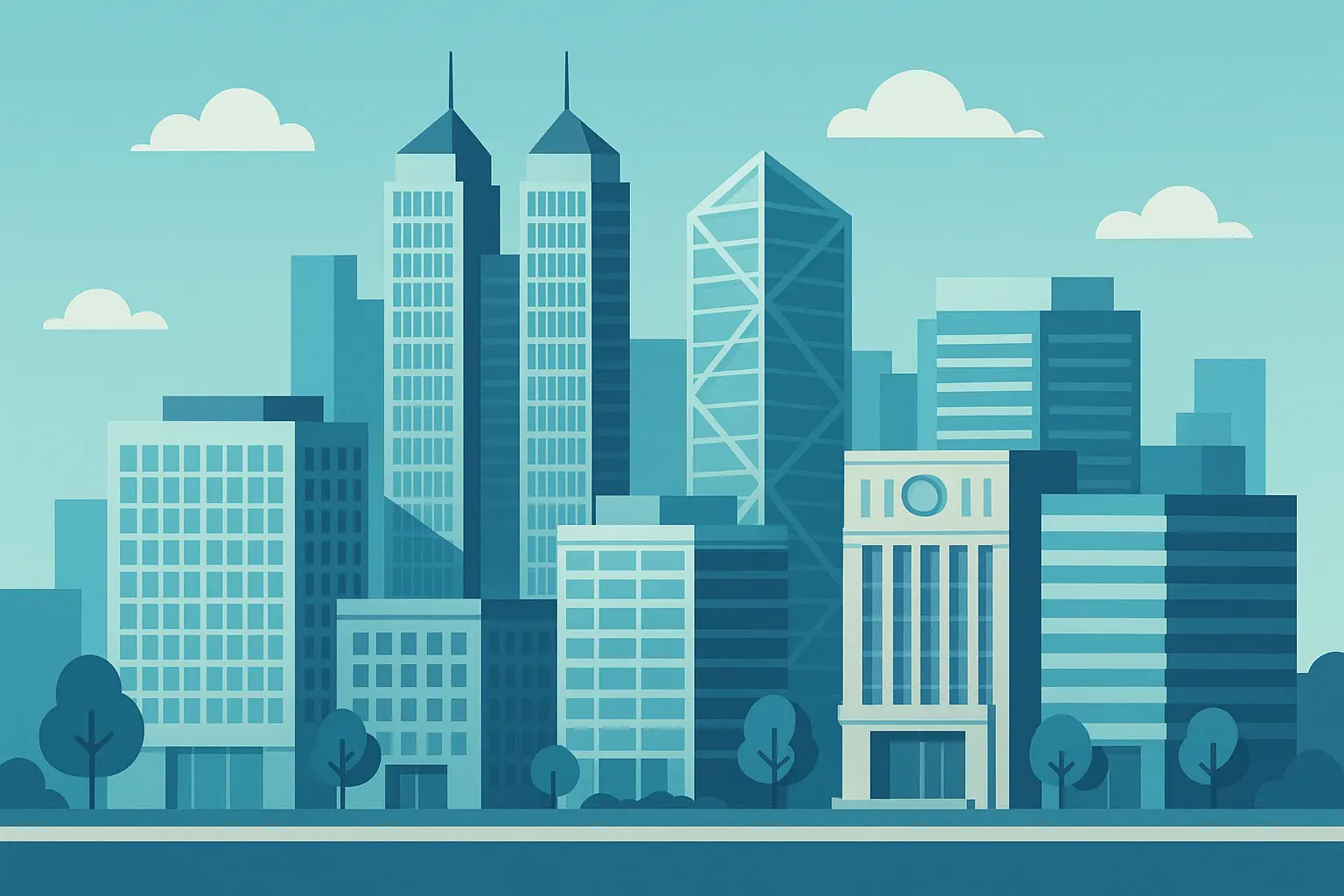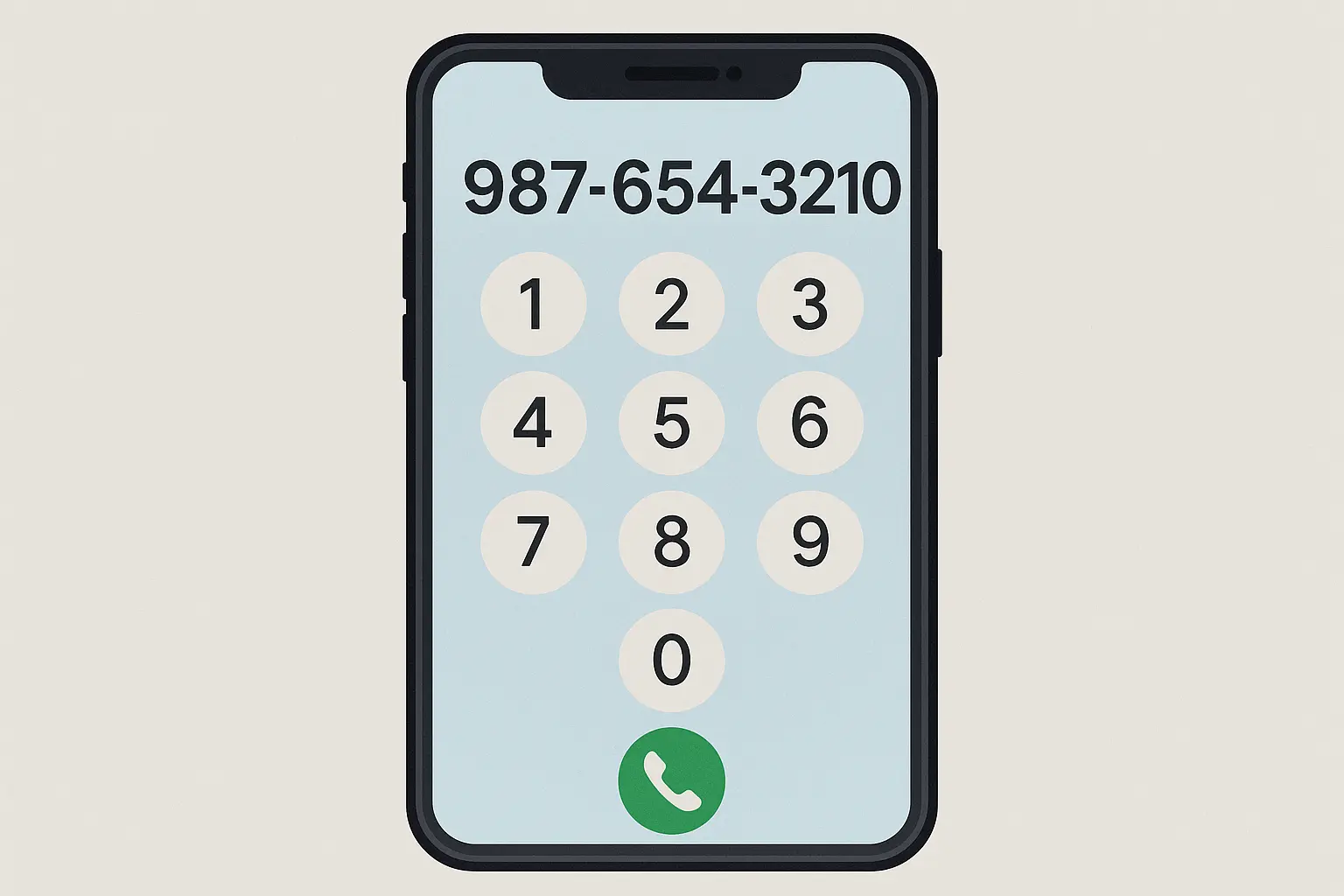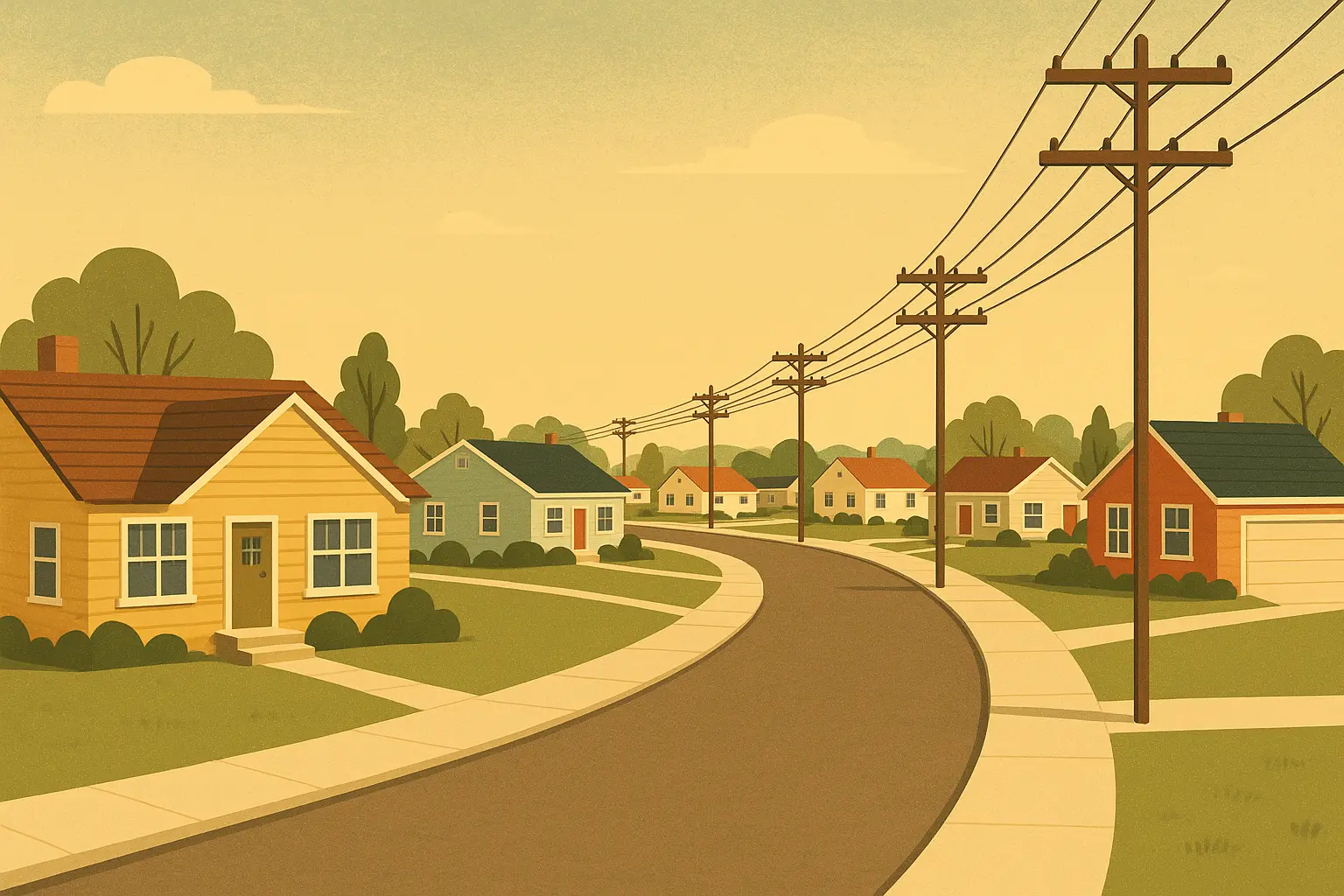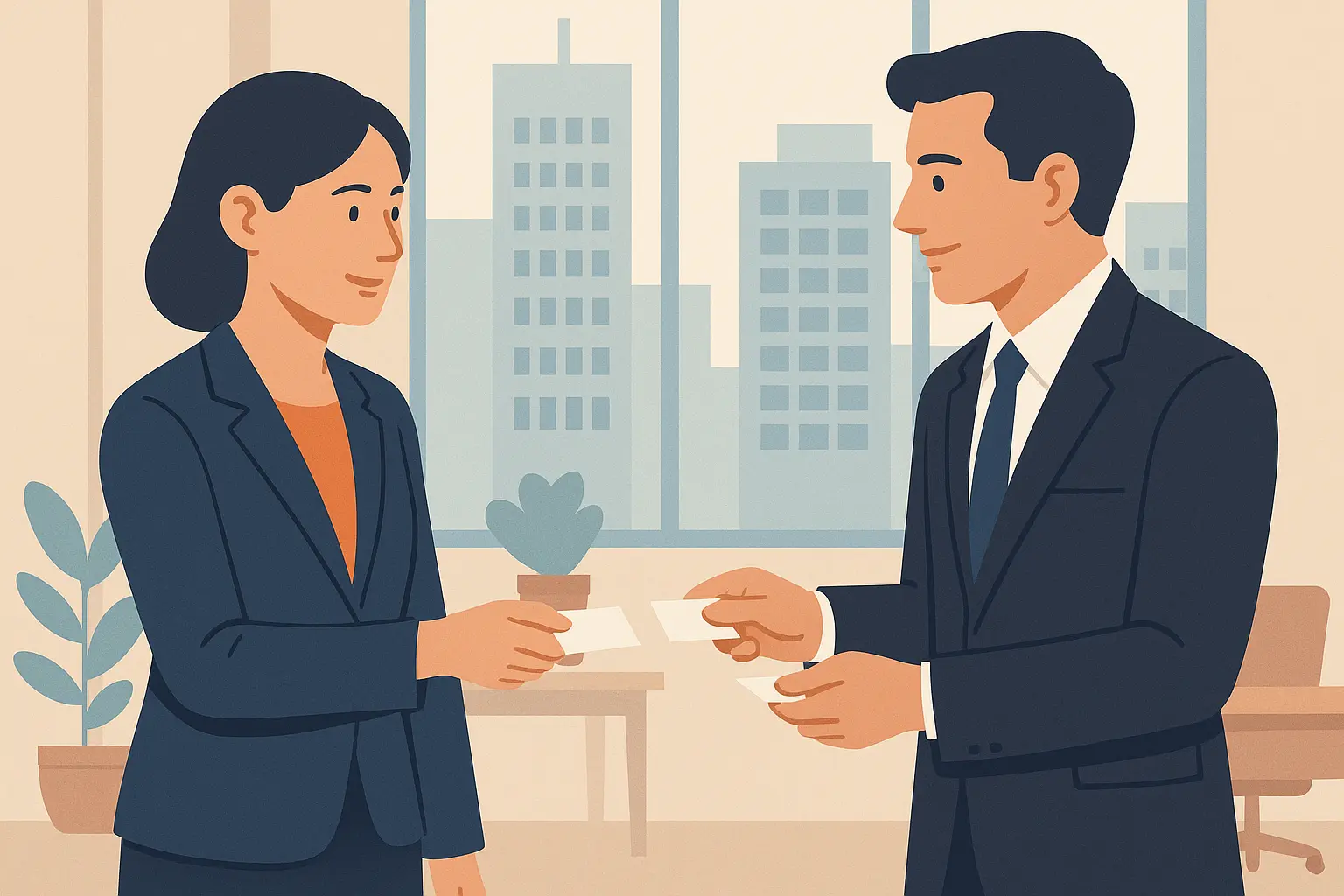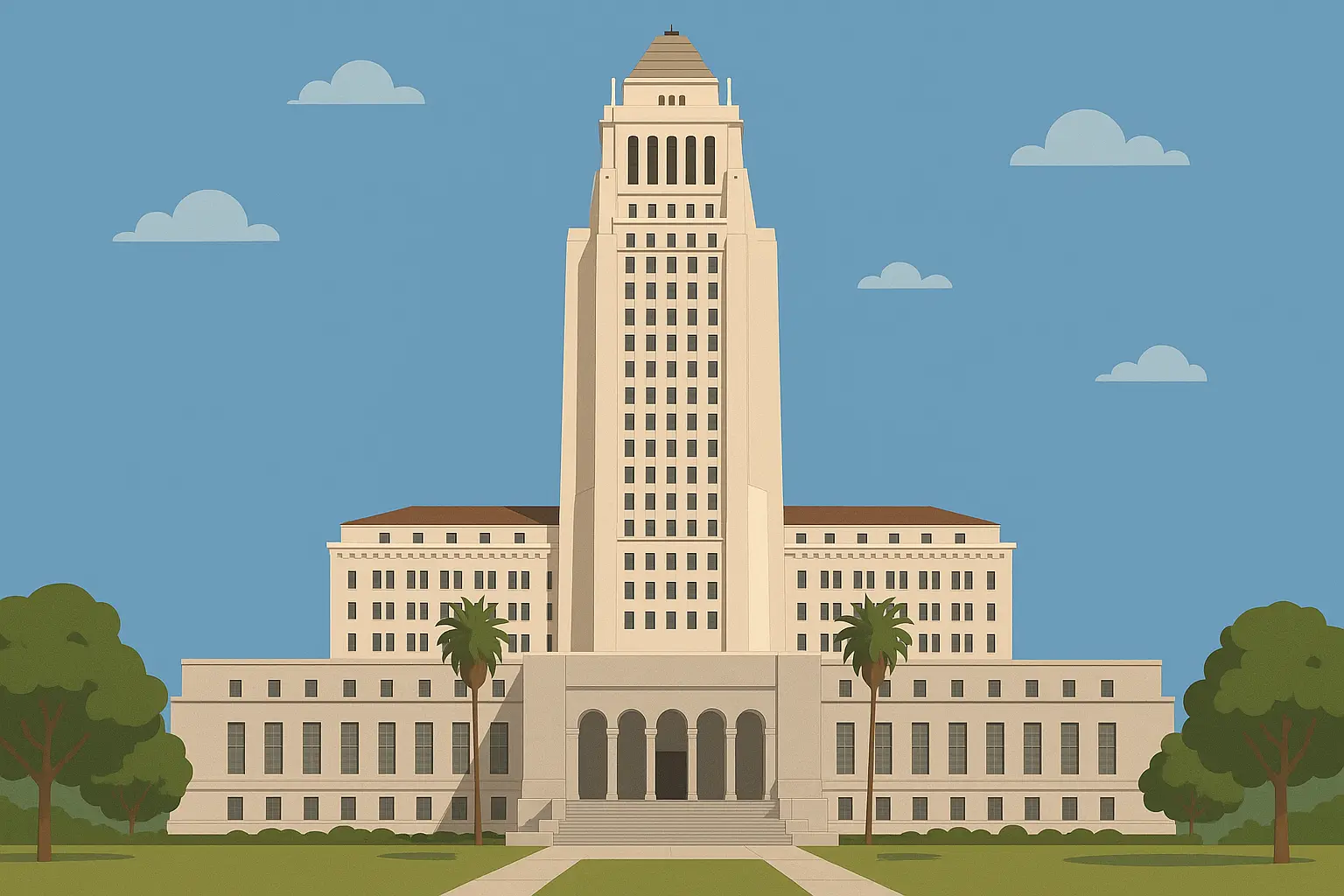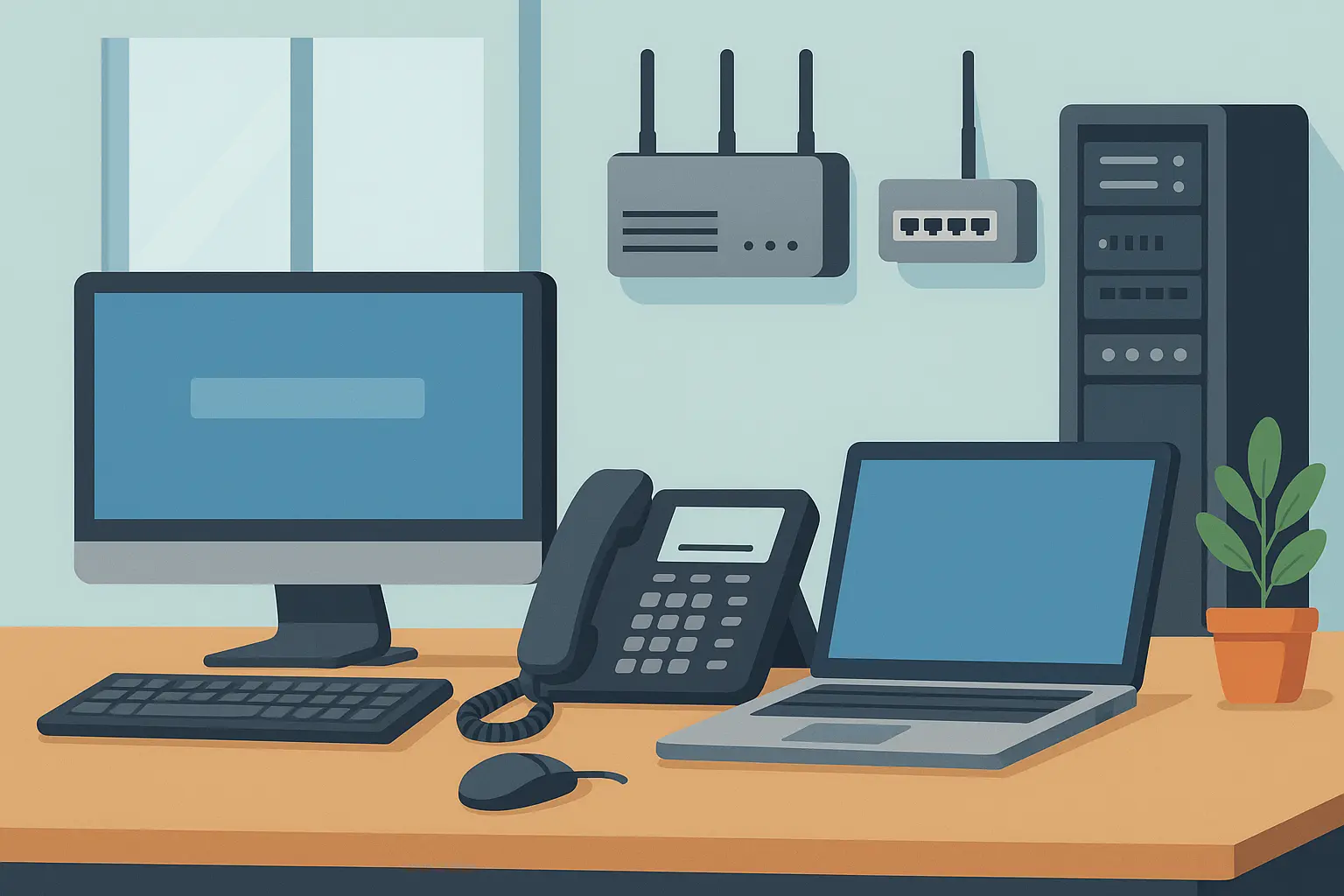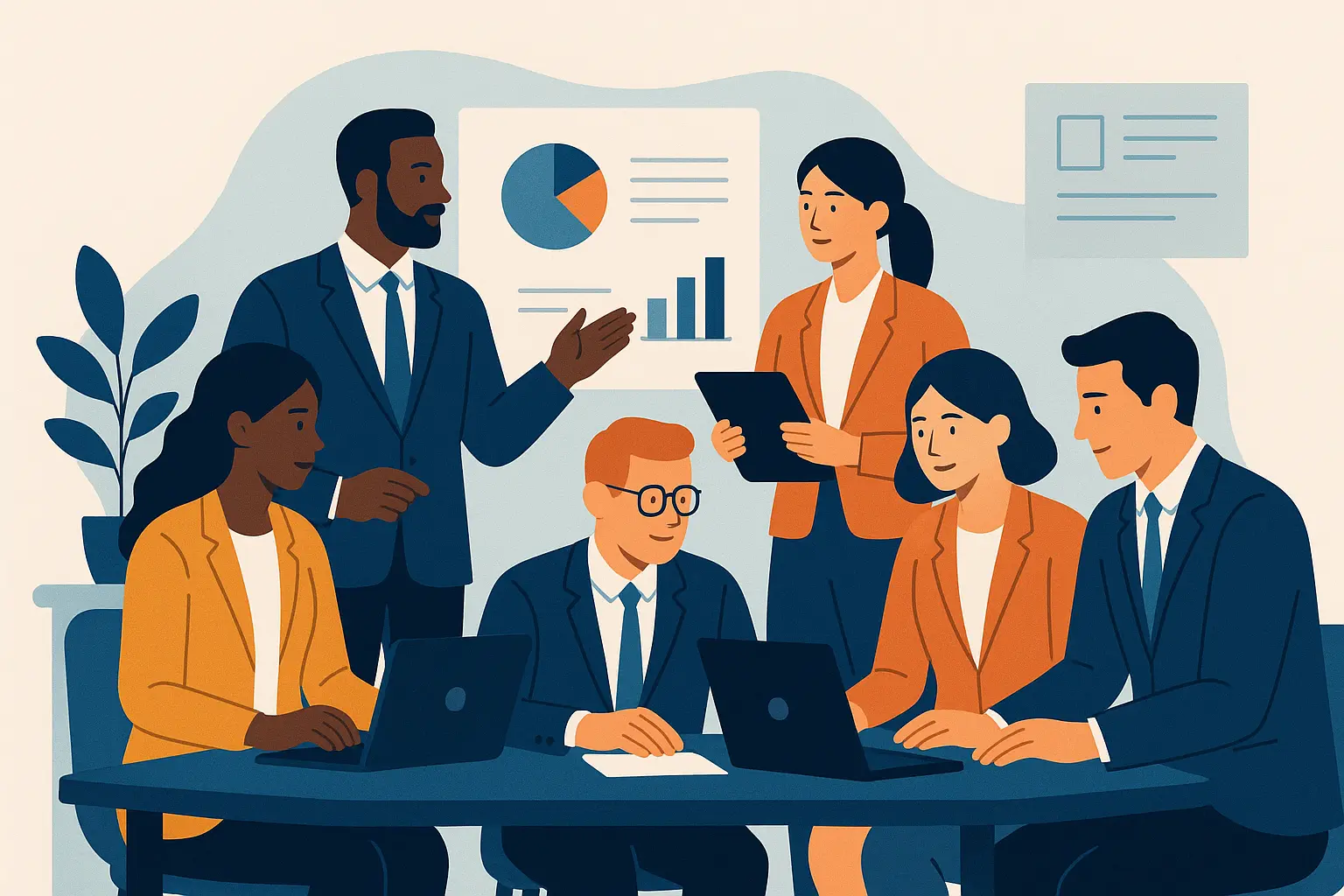When someone hands you a business card with a 213 number, you instantly know they’re connected to downtown LA’s power center. It’s not just about the digits—it’s about credibility, history, and being part of the city’s economic heartbeat.
I’ve covered LA business for years, and I can tell you: 213 isn’t just an area code. It’s a status symbol that serves over 1.2 million people in one of America’s most economically dense regions.
Table of Contents
Table of Contents
-
Geographic Coverage and What It Really Means
-
The Fascinating History Behind Those Three Digits
-
Why Businesses Fight for 213 Numbers
-
What You Need to Know Before Getting a 213 Number
TL;DR
-
213 covers downtown LA and central neighborhoods—small area, huge economic impact
-
Born in 1947, it once covered most of Southern California but now focuses on LA’s urban core
-
Major corporations fight for 213 numbers because they scream “serious business”
-
You need 10-digit dialing thanks to the 213/323 overlay system
-
You can keep your 213 number when switching providers (thank goodness)
Where 213 Actually Lives
Most people think 213 covers half of Los Angeles. Wrong. It’s surprisingly compact—just downtown and a few surrounding neighborhoods. But don’t let the small size fool you. This tiny area packs more economic punch per square mile than almost anywhere else in America.
The Real Coverage Map
213 serves 370,787 households with a median household income of $69,174 according to ZipAtlas demographic data. Those aren’t just numbers—they represent concentrated urban power that few area codes can match.
When people ask me where is 213 area code located, I tell them to think of it as downtown LA plus a few carefully selected neighborhoods. The 213 area doesn’t sprawl across the city—it stays focused on the urban core where business gets done.
Downtown’s Business Core
Walk through the financial district and count the 213 numbers on building directories. Every major bank, law firm, and corporate headquarters treats their 213 number like precious real estate. These aren’t just phone numbers—they’re business assets.
I cover downtown LA regularly, and the concentration of 213 numbers in the financial district is striking. The area includes City Hall, the federal courthouse, and those gleaming office towers where billion-dollar deals get made daily. Walking through this district, you’ll notice how the los angeles area code 213 appears on virtually every major building directory.
Historic Neighborhoods That Made the Cut
213 also reaches into Koreatown, Pico-Union, and Westlake. A Korean restaurant owner told me her 213 number helped land corporate catering gigs. “When downtown executives see 213, they know I’m local and legitimate,” she explained.
What surprises people is how 213 reaches into neighborhoods with incredible cultural depth. Parts of Koreatown maintain 213 numbers, connecting K-town’s bustling business scene to downtown’s prestige. The 213 area gives businesses instant local credibility that other area codes simply can’t provide.
The 213 vs 323 Confusion
Here’s where it gets weird: 213 and 323 cover the exact same area. Your neighbor might have 213 while you have 323, even living on the same street. It’s called an overlay system, and honestly, it’s confusing but functional.
The complexity continues to evolve. “California Public Utilities Commission implementation of a new 738 area code” West Hollywood announced that starting November 1, 2024, a third overlay (738) will be added to the existing 213/323 region. We’re moving from a two-code overlay to a three-code system. The demand for numbers in this area code 323 and 213 region just keeps growing.
Why the Overlay System Exists
By the late 1990s, 213 was running out of numbers. Instead of splitting the area geographically (nightmare for businesses), officials layered 323 on top. Brilliant solution that kept everyone happy.
For businesses managing multiple phone numbers across different area codes, understanding how to forward text messages to an email address becomes essential for maintaining consistent communication workflows regardless of which area code customers use to contact them.
The 323 overlay solved the immediate crisis while preserving the prestige and business value of existing 213 numbers. Nobody had to change their established telecommunications identity.
|
Area Code |
Implementation Year |
Coverage Area |
Primary Purpose |
|---|---|---|---|
|
213 |
1947 |
Downtown LA + Central Neighborhoods |
Original numbering system |
|
323 |
1998 |
Same as 213 (overlay) |
Additional number capacity |
|
738 |
2024 |
Same as 213/323 (overlay) |
Future number expansion |
The New Reality: 10-Digit Dialing
Every call now requires all 10 digits—even calling your next-door neighbor. Whether you’re calling from 213 to 213, 323 to 323, or between the two codes, you must dial all 10 digits. It felt strange at first, but you adapt. Emergency services (911) still work normally.
The adjustment period was rough for longtime LA residents. We’d grown up dialing seven digits for local calls, and suddenly every call required the full area code. But the 323 overlay made this mandatory—there was no way around it.
From 1947 to Now: The 213 Story
213 started big—really big. In 1947, one 213 call could reach someone in Orange County, the San Fernando Valley, or dozens of other communities. We’re talking about one of America’s largest area codes.
I find the evolution of code 213 absolutely fascinating. What started as a massive telecommunications territory covering multiple counties has transformed into one of the most concentrated and prestigious area codes in the country.
When 213 Ruled Everything
Picture post-war LA: returning veterans, aerospace boom, entertainment industry explosion. Everyone needed phone service, and 213 couldn’t keep up with the growth.
The historical significance of original area codes continues to resonate today. “Detroit was among the first U.S. cities to receive a dedicated area code in 1947, alongside New York (212), Los Angeles (213) and Chicago (312)” Arab American News reported, highlighting how these original codes were specifically chosen for their ease of use on rotary dial phones and remain cultural symbols decades later.
The area code in los angeles started with such ambitious geographic scope because nobody anticipated how quickly the region would grow. The post-war population explosion hit LA with incredible force, and the 213 system that worked fine for a smaller population couldn’t handle millions of new residents and thousands of new businesses.
The Great Splits
Over decades, 213 got carved up:
-
Orange County claimed 714
-
San Fernando Valley took 818
-
Each split made 213 more exclusive
I’ve watched this transformation happen over the years. Each split made sense—these areas had developed their own identities and needed telecommunications independence. But each split also made 213 more exclusive and more focused on downtown LA.
The evolution of area codes mirrors similar changes in other major metropolitan areas, such as the 310 area code business impact in West LA, where geographic splits created distinct telecommunications identities that businesses leverage for market positioning.
What’s fascinating? As 213 got smaller geographically, it became more prestigious. Scarcity created value nobody anticipated. Each departure made the remaining 213 area more valuable.
From Sprawl to Urban Core
By the 1990s, 213 had transformed from suburban sprawl to urban sophistication. As the splits happened, 213 became increasingly associated with downtown’s business district, government offices, and the cultural institutions that define LA’s urban core.
A downtown law firm partner told me they stayed put specifically to keep their 213 number—moving would signal they weren’t a “downtown firm” anymore. When they considered relocating to a suburban office in the 1990s, they realized losing the 213 area code would signal to clients that they were no longer downtown players.
The overlay concept was revolutionary for its time. Rather than forcing another geographic split that would disrupt established business relationships, the 323 solution allowed the 213 area to maintain its boundaries while doubling the available phone numbers.
Why Businesses Fight Over 213 Numbers
The prestige is real. Companies pay premium rates for 213 numbers because they understand the psychology: that area code sends an immediate message about location, credibility, and market position.
The economic power behind 213 numbers is substantial, with the area serving over 2 million residents in downtown Los Angeles and connecting businesses to a broader market of approximately 40 million people across California according to Simpu’s telecommunications analysis, making it one of the largest and most dynamic business markets in the United States.
Corporate Status Symbol
Fortune 500 companies and major corporations actively seek 213 numbers to leverage the prestige associated with downtown Los Angeles’ business district, where telecommunications identity directly impacts market perception.
Financial District Power
Banks treat 213 numbers like valuable real estate. When potential clients see 213, they assume they’re dealing with an established, serious financial institution. That assumption opens doors before conversations even begin.
Walk through downtown LA’s financial district and count the 213 numbers on business cards, building directories, and company websites. Major banks treat their 213 numbers as valuable assets—they’re not giving them up without a fight.
Similar prestige dynamics exist in other major business centers, as seen with the 415 area code secrets in San Francisco’s financial district, where businesses compete for numbers that signal established market presence and credibility.
Legal and Professional Services
Law firms are obsessed with 213 numbers. I’ve seen partners refuse to switch phone companies rather than risk losing their 213 identity. For legal practices, it signals downtown presence and serious credentials.
The attachment runs deeper than simple marketing. These firms have built their reputations around being “downtown professionals,” and the 213 area becomes part of their professional identity. Clients expect their high-end legal counsel to have downtown numbers, and anything else feels somehow less legitimate.
|
Business Type |
213 Number Preference |
Primary Benefit |
|---|---|---|
|
Law Firms |
Extremely High |
Downtown credibility |
|
Banks/Financial |
Very High |
Established presence |
|
Consulting |
High |
Professional status |
|
Government |
Mandatory |
Official identity |
|
Startups |
Moderate |
Local market entry |
Government Monopoly
Every major city department operates under 213—from the mayor’s office to parking violations. Citizens expect city services to have 213 numbers. Anything else feels suspicious.
Los Angeles City Hall and related municipal offices use 213 numbers for official communications, establishing the area code as the definitive identifier for local government access. Public utilities, non-emergency city services, and community programs all cluster around 213 numbers, creating a unified civic identity that residents recognize and trust.
This consistency matters more than most people realize. Residents have learned to associate 213 area numbers with legitimate city services, creating an automatic trust factor that scammers can’t easily replicate.
Getting Your Own 213 Number: What to Know
Understanding how to effectively work with 213 area code numbers requires knowledge of dialing procedures, number availability challenges, and modern telecommunications solutions that can maximize the benefits of owning a prestigious downtown Los Angeles phone number.
Getting your hands on a 213 number isn’t as straightforward as it used to be. The combination of high demand, limited supply, and complex overlay systems creates challenges that require careful planning.
The Dialing Rules
Forget seven-digit local calls. Every call requires all 10 digits now. Your muscle memory will betray you at first, but most people adapt within months.
For businesses managing communications across multiple devices and platforms, understanding the proper US phone number format with country code becomes crucial when dealing with both domestic 213 calls and international business communications.
Business Setup Checklist:
-
Update all business cards with 10-digit format
-
Modify website contact information
-
Configure phone systems for 10-digit dialing
-
Update marketing materials and advertisements
-
Inform existing customers about format requirements
-
Test all automated dialing systems
-
Update contact databases and CRM systems
The transition period can be frustrating, especially for older employees who’ve been dialing seven digits for decades. Training staff on the new requirements prevents embarrassing moments when important calls fail to connect.
While 911 remains the standard emergency number, many non-emergency city services and departments operate under 213 numbers, requiring residents to maintain updated contact information for municipal services.
Number Portability is Your Friend
Good news: you can keep your 213 number when switching providers. The process takes a few days, but it beats losing years of brand recognition.
Companies can maintain their established 213 numbers when changing telecommunications providers, preserving marketing materials, business cards, and customer recognition while potentially improving service quality or reducing costs.
A downtown restaurant owner shared how keeping their 213 area code number during a provider switch saved them from reprinting 5,000 menus, updating their Yelp listing, and losing recognition from regular customers who had the number memorized. The three-day porting process was worth avoiding months of confusion.
Geographic Limitations and Modern Solutions
Moving outside the 213/323 area usually means giving up your number. But modern solutions help maintain communication continuity while preserving your 213 presence for customer-facing communications.
Auto Forward SMS helps companies maintain communication continuity by automatically forwarding text messages from their 213 business lines to email addresses or other platforms. This way, you can preserve that prestigious 213 identity for customer-facing communications while ensuring you never miss important messages, even if your team works remotely.
For businesses looking to maintain their 213 presence while working remotely, getting started with AutoForward SMS for the first time provides a straightforward solution to ensure all text communications reach the right team members regardless of their physical location.
Similar area code challenges exist across California’s major metropolitan areas, as demonstrated by the 424 area code secrets in LA business circles, where companies navigate overlapping telecommunications territories while maintaining their market identity.
The demographic diversity within the 213 area code is remarkable, with Hispanic or Latino residents comprising 51.1% (527,399 people), White/Caucasian 33.7% (347,726 people), and various other races making up 25.7% (265,445 people) according to ZipAtlas census data, reflecting the rich cultural tapestry that makes this area code region economically dynamic and socially significant.
The Bottom Line
213 isn’t just three digits—it’s LA history, business credibility, and urban identity rolled into one. From covering most of Southern California to becoming downtown’s telecommunications crown jewel, it’s adapted while maintaining its prestige.
Whether you’re a business owner considering the investment in a 213 number, a resident navigating the overlay system, or simply someone curious about telecommunications history, understanding this area code helps you appreciate the complex relationship between technology, geography, and urban identity.
The 213 area will likely face more changes as Los Angeles continues growing and evolving. But its core identity as the telecommunications heart of downtown LA seems secure, backed by decades of business investment and cultural significance that no overlay system can diminish.
Next time you see a 213 number, you’re looking at a piece of Los Angeles legacy that continues shaping how we connect in America’s second-largest city.
